The Craze That Sparked a Plush Gold Rush
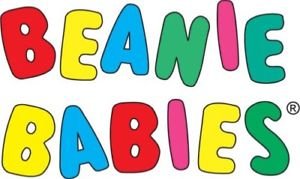
Remember the electric jolt of walking into a toy store and spotting a rack of Beanie Babies? In the ’90s, these soft, bean-filled critters swept across America like a fever dream. People camped overnight for new releases. Grown adults elbowed kids out of the way just to snatch up a bear or a moose. It wasn’t just about toys—**it felt like the ticket to a new life**. Newspapers ran headlines about Beanie Baby millionaires, fueling the idea that collecting was a shortcut to early retirement. The hype was blinding, and almost everyone got swept up, making mistakes that would only become clear years later.
Buying With the Heart Not the Head
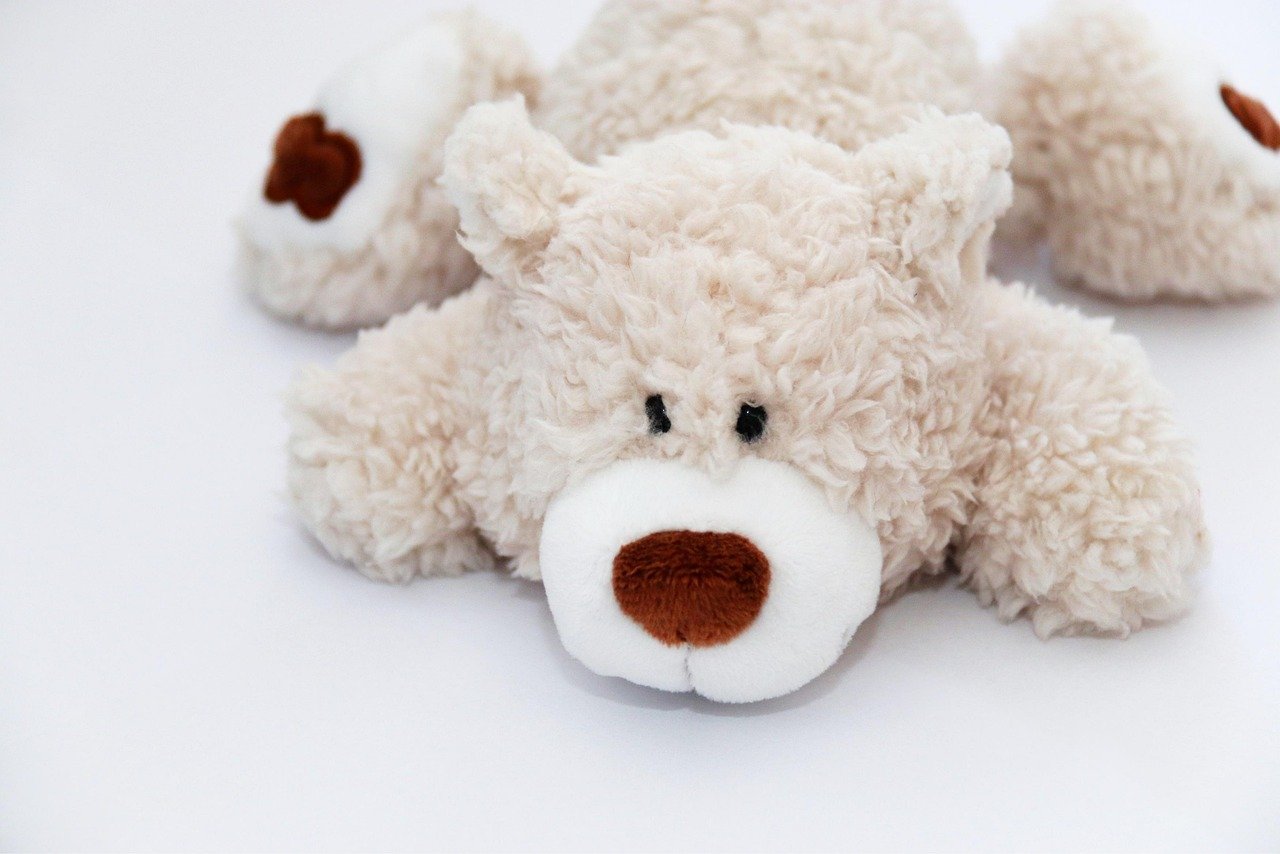
The Beanie Baby craze was built on feelings—nostalgia, excitement, and hope. But those emotions often led collectors to ignore market trends. Instead of researching which Beanies were truly rare or appreciating in value, people bought what made them feel good or what their friends were talking about. **One month, a bear could be worth a fortune; the next, it was bargain-bin fodder**. Many ended up with boxes of plushies that simply didn’t hold their worth. It’s like betting on the weather—fun in the moment, but risky for your wallet.
Throwing Down Too Much Cash for Rarity
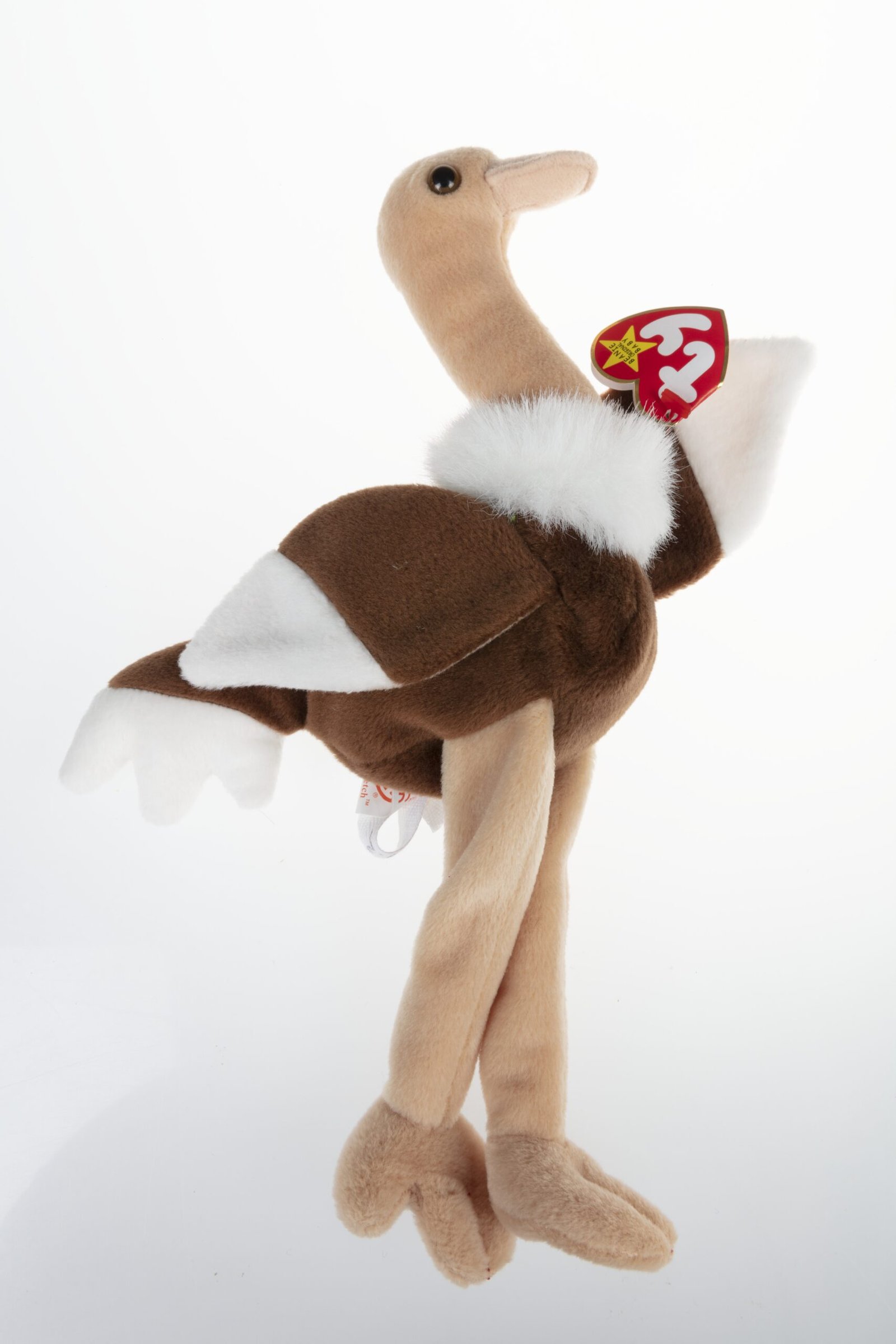
Nothing got pulses racing like a “limited edition” tag. The Princess Diana bear, Peace bear, or Peanut the Royal Blue Elephant sent prices soaring. People forked over hundreds, sometimes thousands, convinced they were scoring the next Mona Lisa of stuffed animals. But when Ty, the company behind Beanie Babies, released more “rare” bears than anyone expected, the market flooded. **Collectors realized too late that “rare” didn’t always mean “valuable”**. It was a harsh wake-up call—sometimes, the only thing rare was common sense.
Chasing the Retirement Fantasy
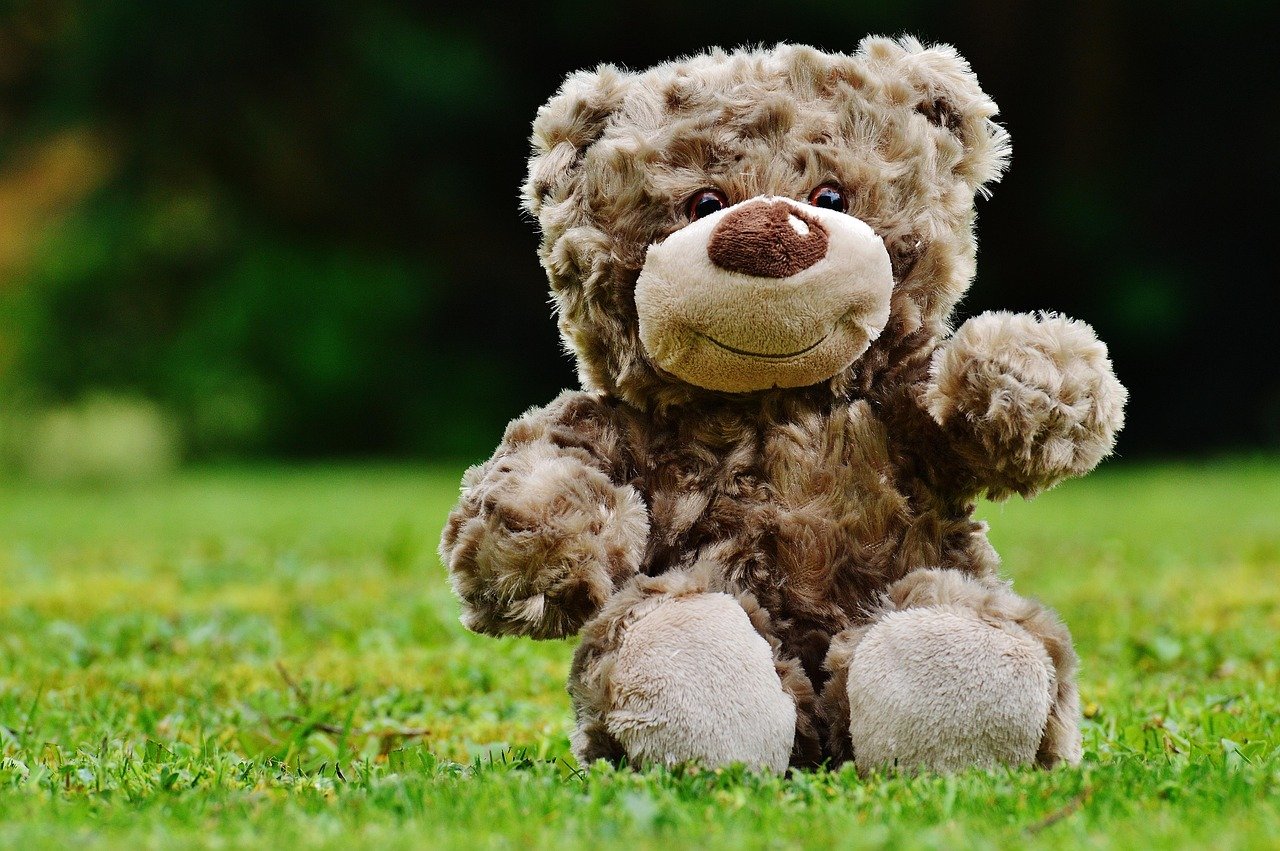
Stories of people paying off mortgages with Beanie Baby sales made national news. Collectors started seeing their plush piles as a stock portfolio. **The myth of Beanie Babies funding retirements was everywhere**. But when the bubble burst in the early 2000s, reality hit hard. Those dreams of beach houses and fancy cars turned into closets stuffed with unsellable toys. Many were left wondering how they ever believed a bean-stuffed bear could be a golden ticket.
Forgetting Condition Is Everything
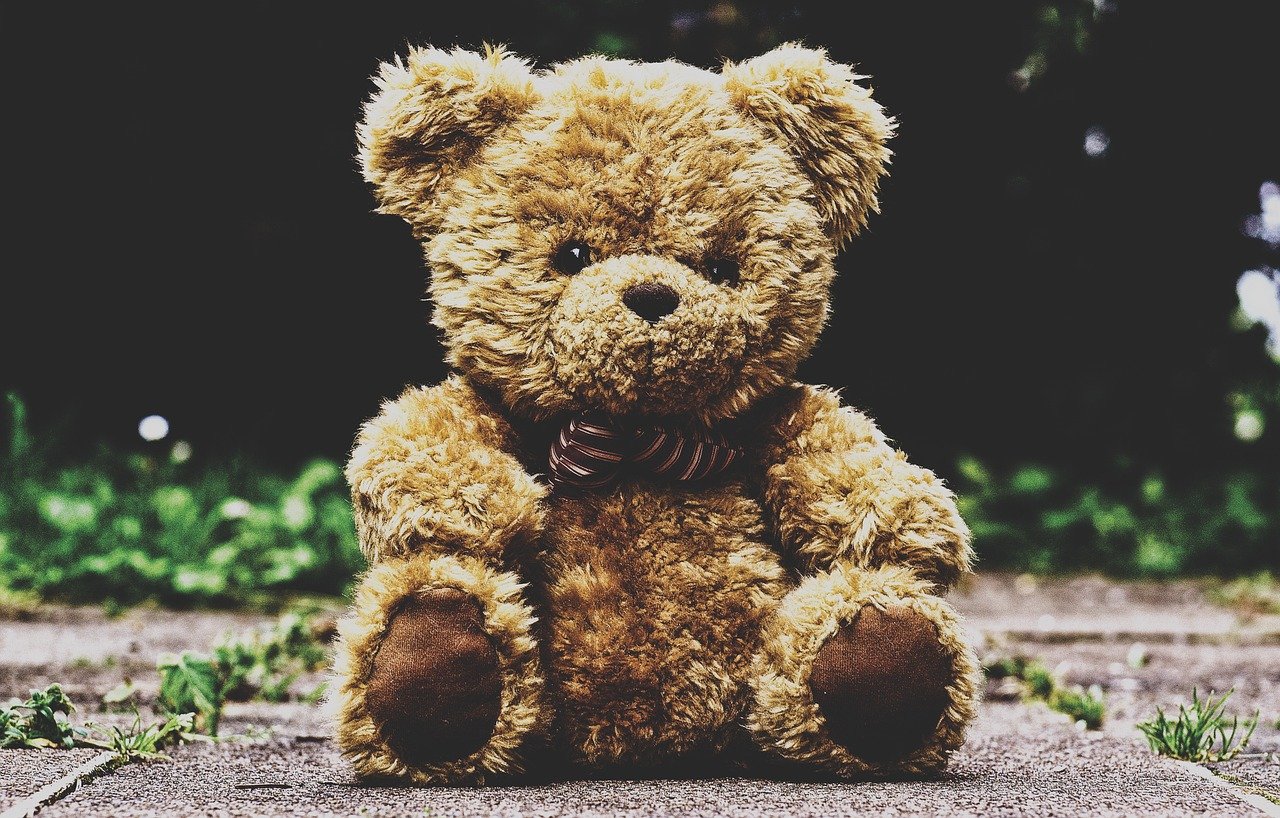
It’s a gut punch to realize your “valuable” Beanie is worth pennies because of a bent tag or a dusty seam. Collectors in the ’90s often tossed their Beanies on beds, let kids play with them, or lost the original tags. **The tiniest flaw—creases, stains, or missing tags—slaughtered resale value**. Some even tried to “restore” them, not realizing that cleaning or mending could make things worse. In collecting, condition is king. A mint-condition bear could fetch hundreds, while a loved-on one might struggle to get a dollar.
Piling Up the Wrong Plush Characters
Not all Beanie Babies were created equal. While some, like Peanut the Royal Blue Elephant, grabbed headlines, others quietly faded away. Collectors often focused on the obvious stars, ignoring less flashy Beanies that later became more sought after. **It was easy to get swept up by the crowd, grabbing what everyone else was grabbing**. Like picking only the shiniest marbles, people missed out on the hidden gems right under their noses.
Getting Burned by Counterfeits
As Beanie Babies exploded in popularity, so did the fakes. Crafty counterfeiters flooded flea markets and even some stores with knock-off Beanies. Many collectors fell victim, especially with rare bears that looked almost identical to the real thing. **The explosion of online sales made things even riskier, with little way to verify authenticity**. Some people learned the hard way, discovering their “priceless” bear was a cheap imitation. It was a lesson in buyer beware—sometimes, trust had a price tag.
Missing Out on Collector Connections
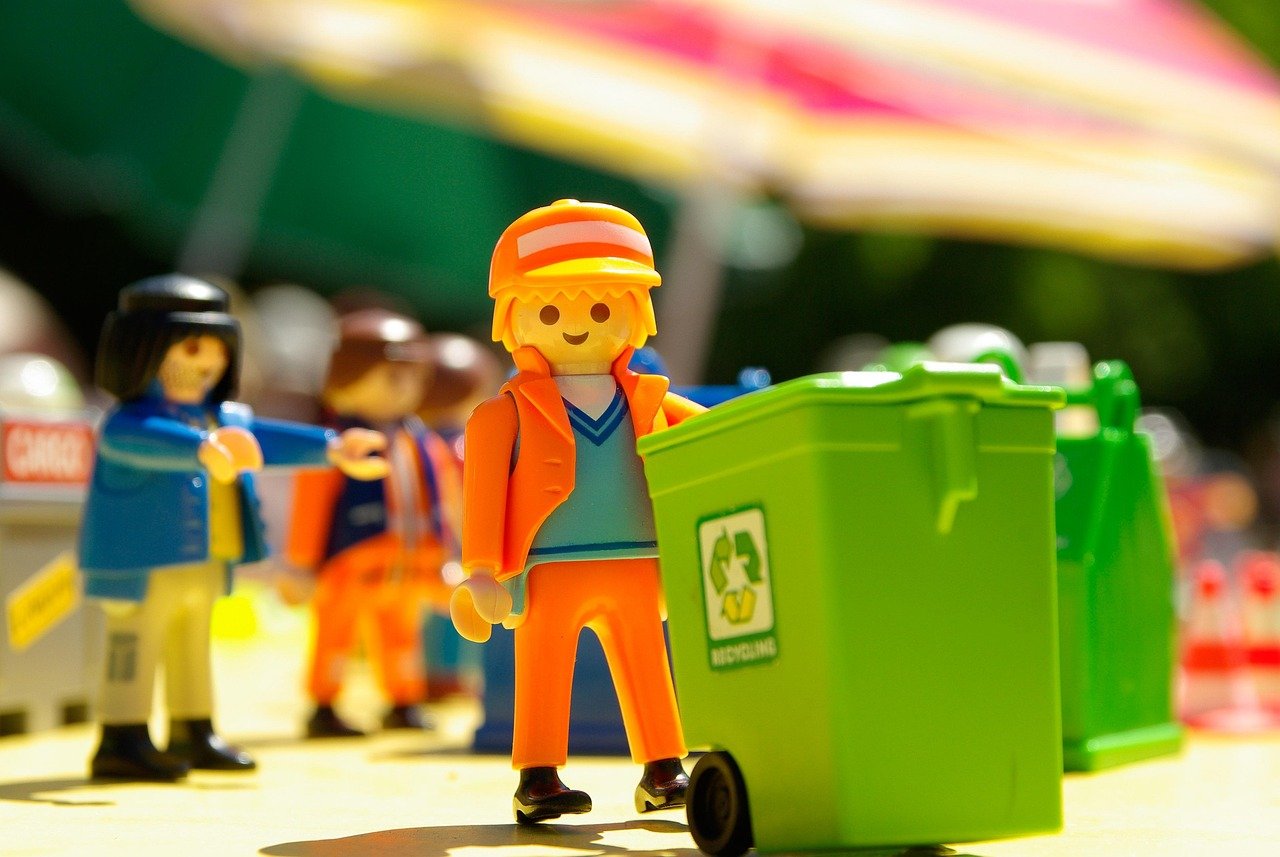
Collecting can feel lonely, but it didn’t have to be. In the ’90s, the idea of joining collector clubs or online forums was still new. Many collectors kept to themselves, missing out on valuable knowledge and tips. **Networking could have meant trading duplicates, learning about upcoming releases, or spotting fakes**. Instead, people made decisions in a vacuum, often repeating the same mistakes. Sometimes, the best source of wisdom is another collector who’s been burned before.
Holding On Long After the Party Ended

It’s hard to let go, especially when you’ve invested time, money, and hope. Many Beanie Baby collectors refused to sell, hanging on for a comeback that never came. **As prices plummeted, so did opportunities to cash out**. Some watched as their collections—once worth thousands—lost nearly all value. It’s like refusing to leave a concert after the band has packed up. Timing, as it turns out, is everything.
Letting Sentiment Blind Good Judgment
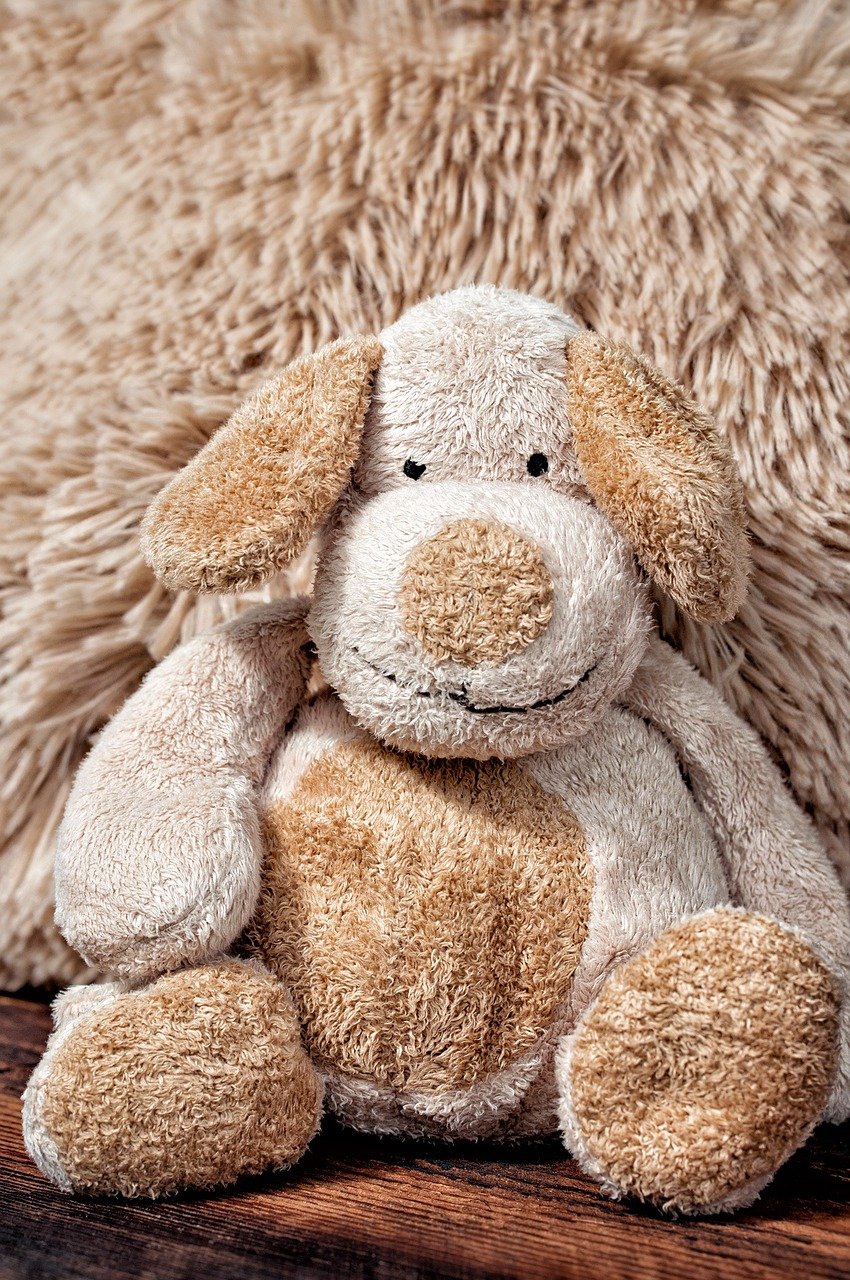
For a lot of people, Beanie Babies weren’t just investments—they were memories. The joy of hunting for a new release, the thrill of showing off a rare find, the nostalgia of childhood bedrooms lined with plushies. **But emotional attachment sometimes clouded judgment**, making it tough to sell or even recognize a bad deal. Collecting should be fun, but when feelings overrule facts, mistakes multiply. Sometimes, the hardest lesson is knowing when to let go.
The Real Lesson Behind the Beanie Bust

The Beanie Baby craze was a wild ride—one that left lasting memories and a few tough lessons. **Mistakes were made, fortunes were lost, but the nostalgia never faded**. Looking back, would you have done anything differently?


